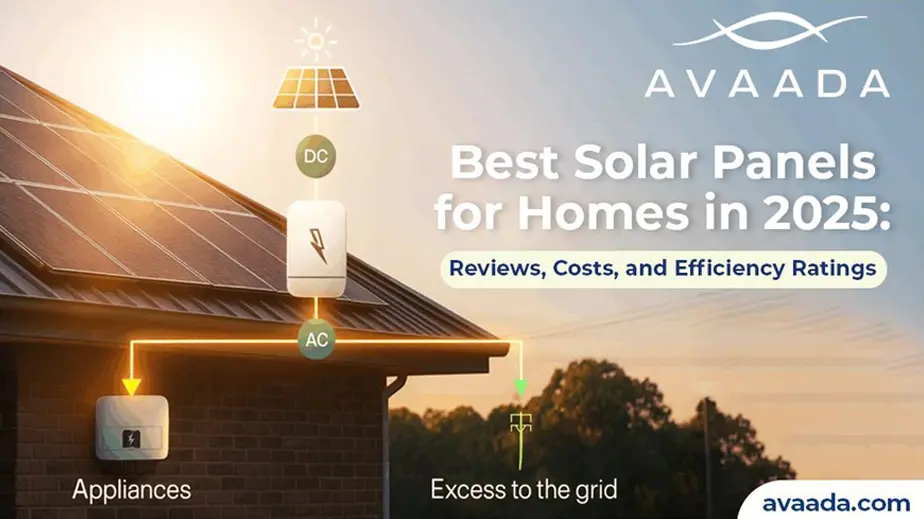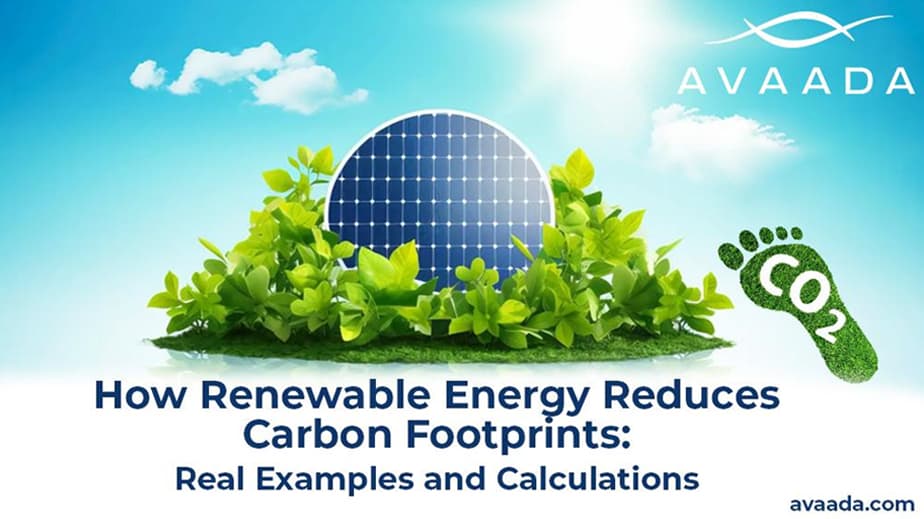As the world’s energy demand continues to grow and renewable energy takes center stage, utility-scale energy storage has emerged as a cornerstone of modern power systems. What was once considered futuristic storing massive amounts of electricity is now essential for keeping the grid reliable, resilient, and sustainable. For clean energy leaders like Avaada, the adoption of advanced storage technologies is enabling the next chapter of the global energy transition.
Understanding Utility-Scale Energy Storage
Utility-scale energy storage refers to large-capacity systems designed to store electricity and discharge it into the grid when needed. Unlike small home batteries or those in electric vehicles, these systems manage power at the scale of megawatts (MW) to gigawatts (GW) and are typically deployed by utilities or energy developers.
These systems often rely on technologies like lithium-ion batteries, flow batteries, or even compressed air and other emerging innovations. Their primary role is to balance electricity demand and supply, particularly critical in grids with high shares of intermittent renewables like solar and wind.
Why It Matters
As countries race toward decarbonization, solar and wind energy are becoming central to national power strategies. However, their variability remains a challenge: solar is only available during daylight hours, and wind is geographically and seasonally inconsistent. Utility-scale battery storage mitigates these challenges by storing surplus energy when generation is high and supplying it during peak demand or shortfalls.
At Avaada, we’re actively deploying these solutions to strengthen renewable infrastructure, reduce dependency on fossil fuels, and improve energy security at both national and regional levels.
Key Benefits of Utility-Scale Energy Storage
1 . Grid Stability and Frequency Regulation
These systems respond in real time to grid fluctuations, ensuring power quality and helping prevent blackouts.
2 . Seamless Renewable Energy Integration
Utility-scale batteries enable greater adoption of solar and wind by storing excess energy during low-demand periods and releasing it during peak times.
3 . Reduced Curtailment
In regions rich in solar resources, excess generation is often wasted. Storage ensures this clean power is preserved and utilized efficiently.
Learn more about the “Trends Shaping Battery Energy Storage Systems in 2025“
4 . Enhanced Energy Resilience
Large battery systems provide critical backup power during grid outages, bolstering disaster preparedness and response.
5 . Peak Shaving and Load Shifting
Stored energy can be dispatched during peak demand, reducing reliance on costly, high-emission peaker plants.
Avaada’s Leadership in Storage Innovation
Avaada has been a pioneer in advancing solar, wind, and green hydrogen technologies. Recognizing the transformative potential of utility-scale battery storage, we are integrating storage solutions across all our renewable projects to enable 24/7 clean energy delivery.
We’ve made strategic investments in Battery Energy Storage Systems (BESS) to reinforce India’s energy transition and enhance the reliability of renewable power. One of our flagship commitments includes a 2.1 GW BESS project in Madhya Pradesh, part of a broader ₹50,000 crore investment portfolio that also encompasses 6 GW of solar and 700 MW of wind capacity.
We’re also deploying co-located, megawatt-scale battery systems across multiple solar and hybrid installations. These efforts are aligned with the Government of India’s National Electricity Plan (NEP) and Energy Storage Mission, positioning Avaada as a reliable partner in India’s clean energy future.
Our deep experience in gigawatt-scale renewable deployments — combined with early adoption of storage — reinforces Avaada’s position as a technical authority and visionary in India’s green energy landscape.
To learn more about Battery Energy Storage Systems, explore our blog on “Pros, Cons and Applications of Battery Energy Systems (BESS)“
The Future of Storage Energy:
As technology performance improves and costs decline, global utility-scale storage deployment is accelerating. From enabling time-shifted renewable supply to replacing peaker plants and modernizing power grids, large-scale storage is reshaping how we generate, distribute, and consume electricity.
Evolving policy and regulatory frameworks are also playing a critical role. New incentives, tendering mechanisms, and ancillary markets are being designed to promote faster adoption of storage assets.
In emerging markets across Asia and Africa, utility-scale storage will be key to leapfrogging traditional infrastructure challenges and building smarter, cleaner energy systems.
Conclusion
Utility-scale energy storage is no longer a supplement to the clean energy revolution it is its foundation. By delivering greater flexibility, reliability, and control, storage systems are transforming electricity systems worldwide.
With visionaries like Avaada driving major investments in next-generation infrastructure, the path to a sustainable, zero-carbon energy future is not just imaginable, it’s underway.








